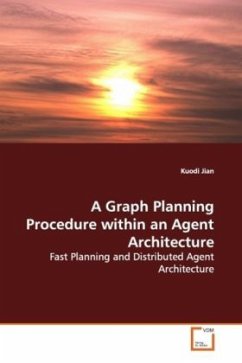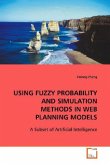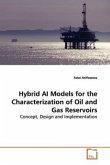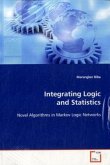Computing architectures based on software agents are
an important trend in computing technology today.
Within such architectures, there are many
applications in which planning procedures can play a
significant operational role. Planning procedures
are characterized by steps of operators that
transform an initial state into a desired goal
state. This book introduces a graph planning method
called I&G Graphplanner and a distributed agent
architecture called MAGSIC. I&G stands for
Initial and Goal; and MAGSIC is the acronym for the
multi-agent architecture that uses situation
calculus. The I&G Graphplanner is the reasoning
engine of the MAGSIC. The I&G Graphplanner achieves
fast speed by solving the problem of explosive
operator activations that is associated with forward
planners. This book is useful for professionals in
task automation, artificial intelligence, or
graduate students and professors working on software
agents.
an important trend in computing technology today.
Within such architectures, there are many
applications in which planning procedures can play a
significant operational role. Planning procedures
are characterized by steps of operators that
transform an initial state into a desired goal
state. This book introduces a graph planning method
called I&G Graphplanner and a distributed agent
architecture called MAGSIC. I&G stands for
Initial and Goal; and MAGSIC is the acronym for the
multi-agent architecture that uses situation
calculus. The I&G Graphplanner is the reasoning
engine of the MAGSIC. The I&G Graphplanner achieves
fast speed by solving the problem of explosive
operator activations that is associated with forward
planners. This book is useful for professionals in
task automation, artificial intelligence, or
graduate students and professors working on software
agents.








